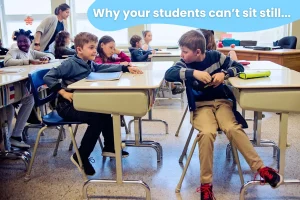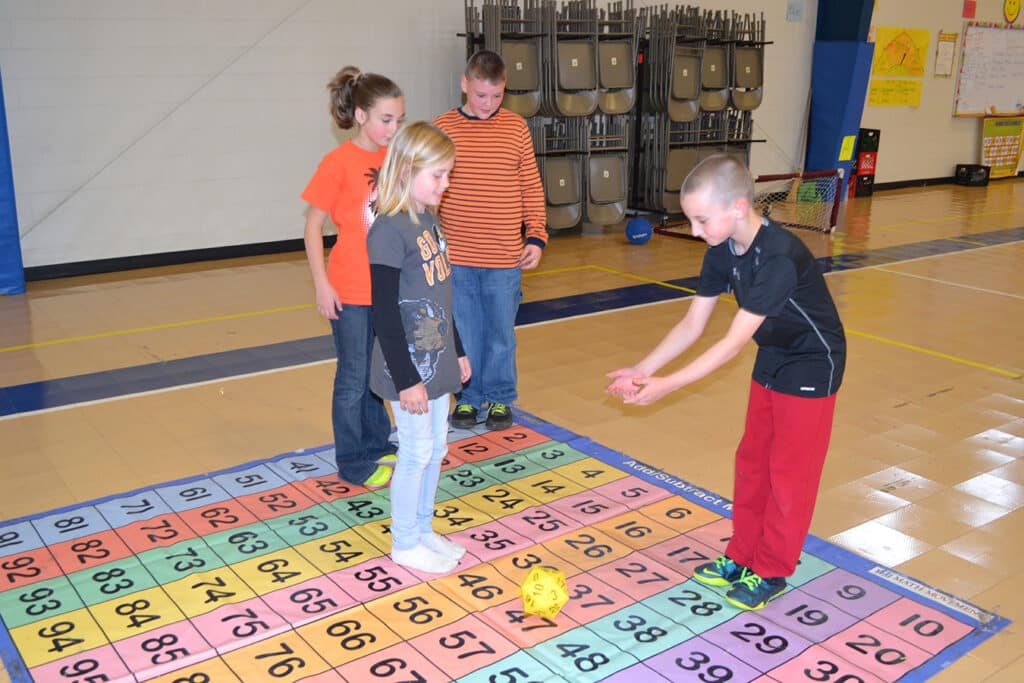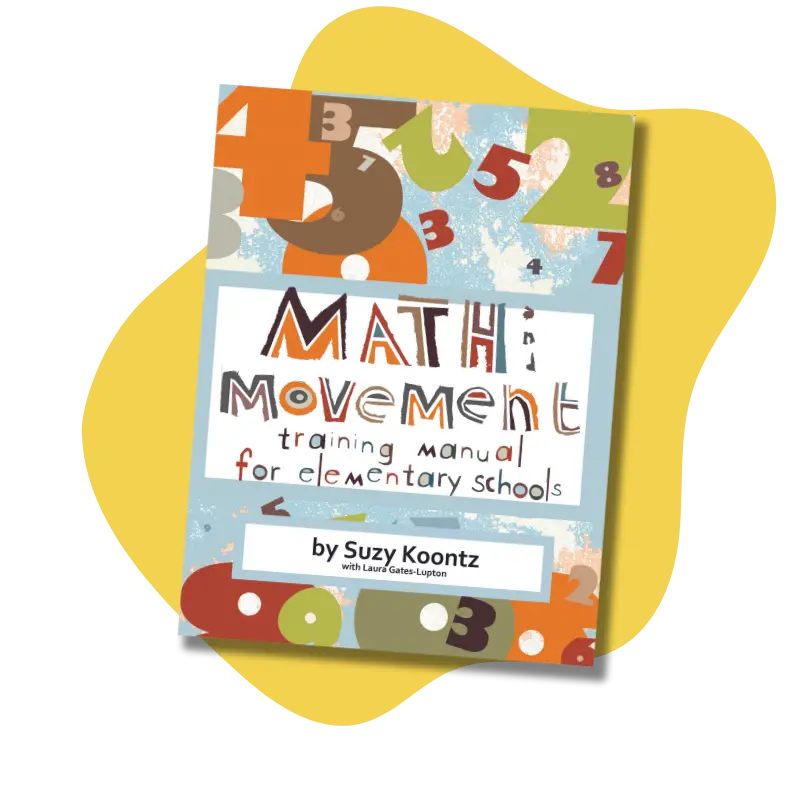
- Trusted by Over 2000 Schools Nationwide
- Top-Rated PD Provider ★★★★★ 4.77
- Save with our Kits & Packages – Shop Now! →

What do blocks, colorful plastic teddy bears, and wooden shapes have in common? They’re all math manipulatives! They can certainly make learning math more fun, but do they help students master mathematical concepts? The research points to YES!
Math manipulatives are physical objects students can use to better understand abstract math concepts. These tools can serve many different purposes – plastic animals for counting; dice for multiplication; colorful shapes for geometry. Manipulatives help students conceptualize through counting, weighing, measuring, adding, and molding objects. The opportunity to simply see concrete representations of concepts can make all the difference in how well students understand math concepts.
Math is a highly abstract subject, and many students have trouble making sense of concepts in their heads. Manipulatives move these concepts out of their heads and put them right in front of their eyes. They make the abstract concrete. Not only does this help students understand concepts more easily, it also helps them remember these concepts better.
Manipulatives are not new, and researchers have been grappling with this question for decades. A meta-analysis of 15 years worth of research on this topic with over 13,000 students found that students in activity-based classrooms performed 20% better than students who learned straight from their textbooks (Berkseth, 2013). Studies have shown that not only can manipulatives lead to higher math achievement, they can also lead to an improved attitude towards math lessons (Liggett, 2017; Kontaş, 2016).
We would love to hear your experiences using manipulatives in your classroom! Leave a comment below with what you are using to make lessons more interactive for your students. (We love this blog post from Proud to be Primary on some examples of how she uses manipulatives in her own classroom!)
Movement isn't just for recess
Want to get started with movement-based learning right now? Enter your email to get our training manual with over 250 active math movements. No materials necessary!
Subscribe to Our Newsletter
We never share or sell your data.
Please leave your email and a quick note for us. We will get back to you soon! In the meantime, here are answers to some of our most common questions:

Enter your email to get our training manual with over 250 active math movements. No materials necessary!
We never share or sell your data.